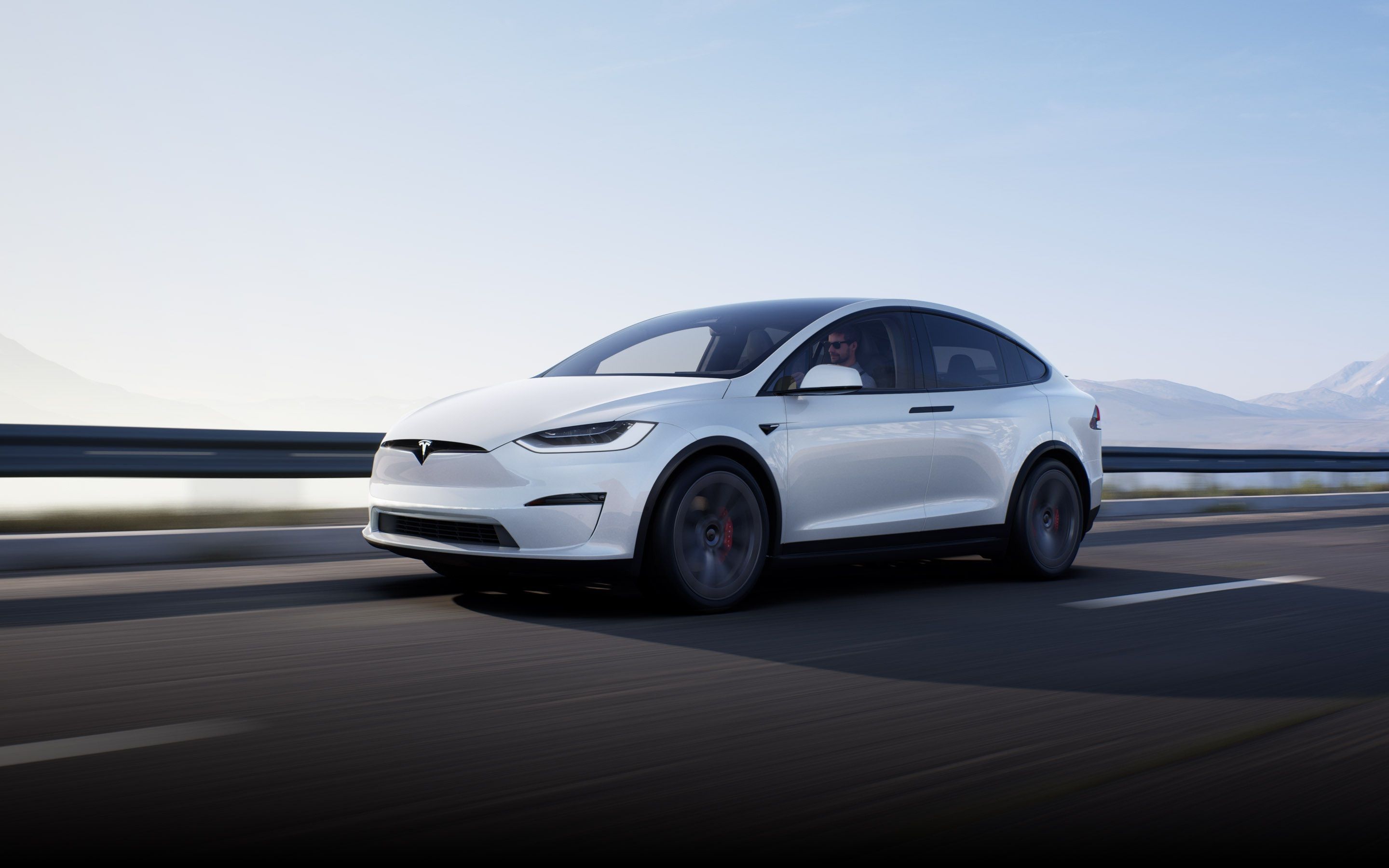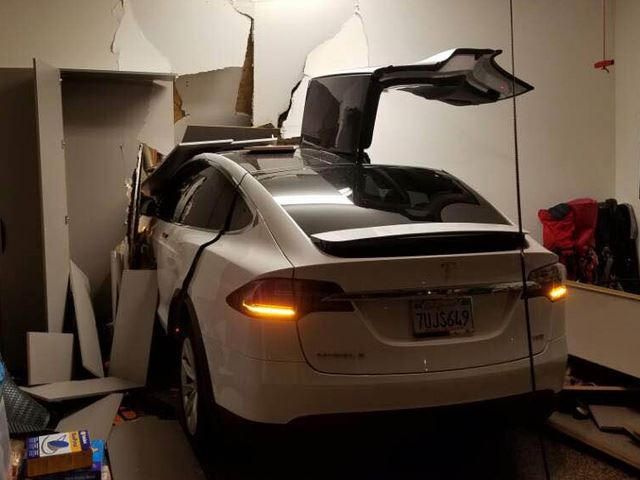
Last December, a Tesla Model X owner in California sued the automaker for unintended acceleration, a lawsuit that's currently trying to receive class action status, after he crashed the EV into his own garage. Son Ji-Chang, a South Korean native and celebrity, claims that "the vehicle spontaneously began to accelerate at full power, jerking forward and crashing through the interior wall of the garage, destroying several wooden support beams in the wall and a steel sewer pipe, among other things, and coming to rest in (his) living room."
The suit also mentions "seven other complaints registered in a database compiled by the National Highway Traffic Safety Administration dealing with sudden acceleration without warning." This is definitely a major accusation, fairly similar to Toyota's own unintended accleration debacle, and now Tesla has responded, according to Electrek. Late last week, the company asked the court to dismiss the case, claiming "the consumers warranty claims are baseless because they deal with a design defect that's not covered by warranty." Wait, what? Basically, Son is arguing that it's Tesla's responsibility to build a "failsafe car."
It should have designed its (proven) Automatic Emergency Braking system to prevent sudden unintended acceleration even though it wasn't designed for that purpose. He's saying Tesla should've designed the system to prevent the result of drivers mistaking the brake for the accelerator. Tesla says "that each sudden acceleration incident alleged...was the result of driver error, denies its cars are defective in any way, and disputes that there is a legal duty to design a failsafe car." It's not that Tesla doesn't want to, but that it's very hard to design a system that can cut torque against the driver's wish by hitting the accelerator. It can be done, but only if there's a way to prove it's not what the driver intended. Tesla and Son will have their day in court on May 1.

